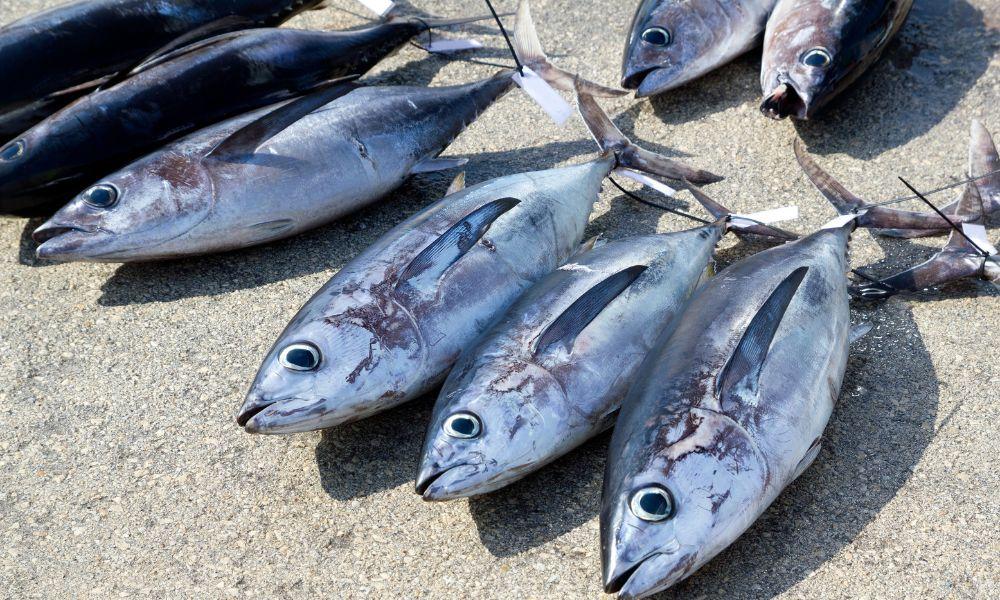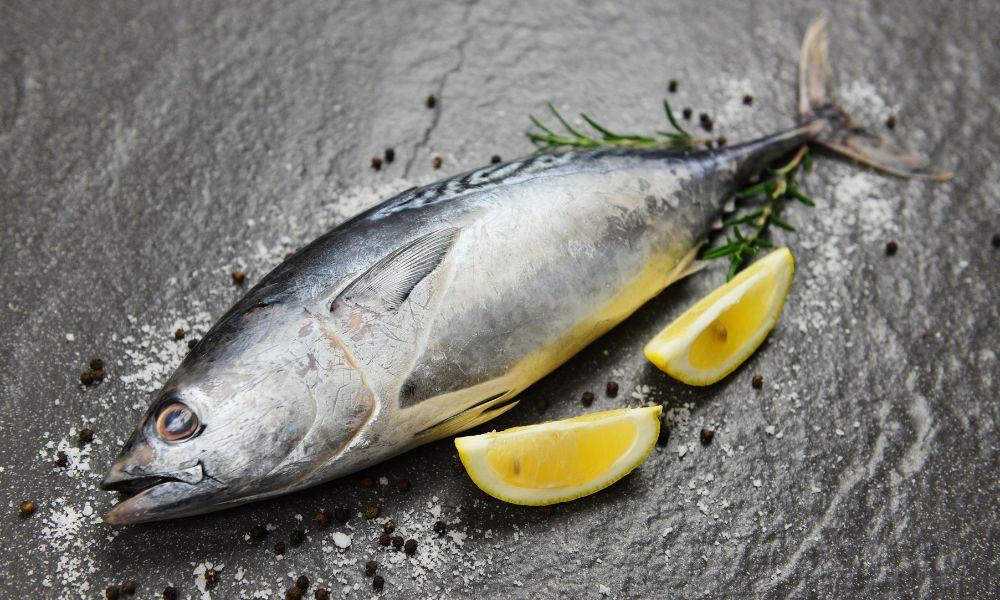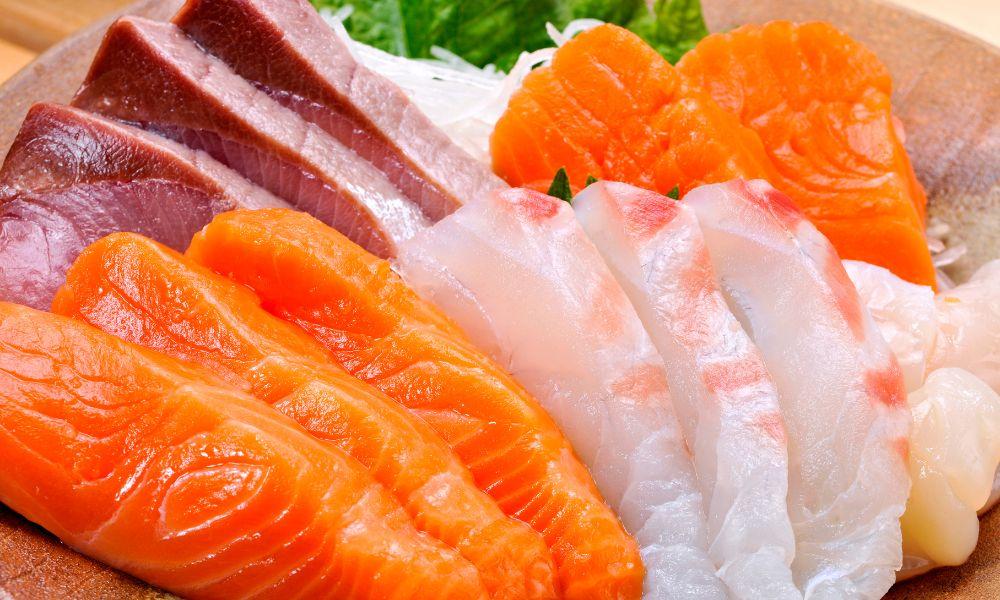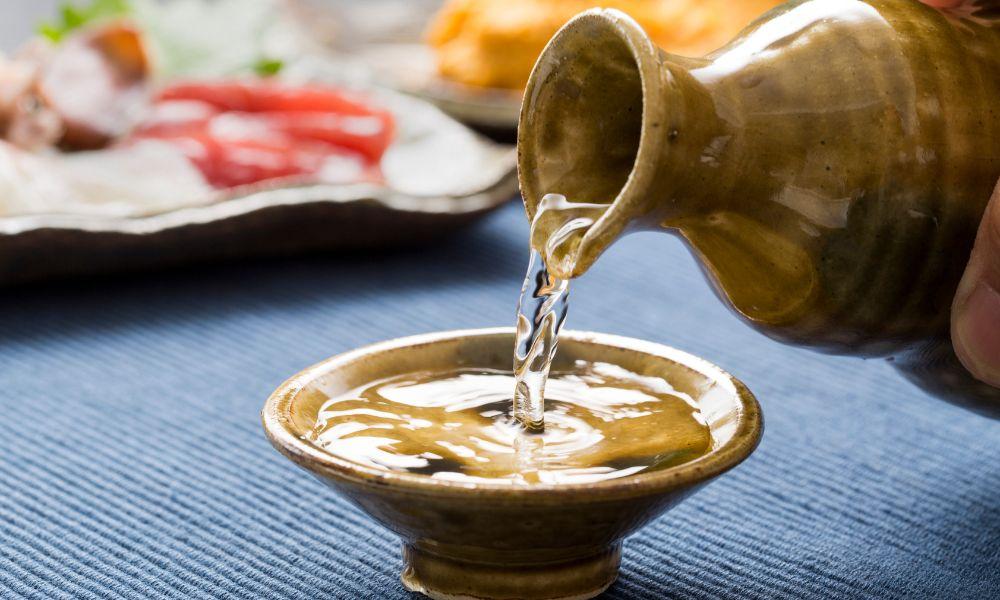Ahoy, seafood lovers! Ever wondered about the ins and outs of raw albacore, that mouthwatering, tender fish you’ve been craving?
Well, look no further! This ultimate guide will reel you in with all you need to know about this fantastic fish, from picking the freshest catch to whipping up tantalizing dishes and understanding its nutritional perks. So, buckle up and let’s dive into the wonderful world of raw albacore!
Raw Albacore: The Basics

What is Albacore Tuna?
Albacore tuna (Thunnus alalunga) is one of the eight species belonging to the Thunnini tribe. It is prized for its light-colored flesh and delicate flavor, which sets it apart from its darker-fleshed counterparts, like bluefin and yellowfin tuna.
The Different Cuts and Grades of Raw Albacore
When it comes to raw albacore, there are various cuts and grades to choose from. The highest grade, often referred to as “sashimi-grade,” is characterized by its high fat content and exceptional quality. Lower grades, while still delicious, may have a firmer texture and less pronounced marbling.
Comparing Albacore to Other Tuna Species
| Feature | Albacore Tuna | Yellowfin Tuna | Bluefin Tuna |
|---|---|---|---|
| Color | Light pink to beige | Bright red to pink | Deep red |
| Flavor | Mild, delicate | Mild, slightly stronger | Rich, intense |
| Texture | Soft, buttery | Firm, tender | Firm, dense |
| Fat Content | Moderate | Moderate | High |
| Price | Affordable, mid-range | Mid-range to expensive | Expensive, luxury |
| Sustainability | Generally sustainable | Varies, check for certifications | Often overfished, less sustainable |
| Common Culinary Uses | Sashimi, sushi, poke bowls | Sashimi, sushi, grilled | Sashimi, sushi, seared |
Albacore tuna is milder in flavor and lighter in color compared to other tuna species, such as bluefin or yellowfin. It is also generally more affordable and sustainable, making it an excellent choice for those seeking a delicious and eco-friendly option.
Sourcing and Sustainability
Where to Find Ethically Sourced Raw Albacore
To ensure that you are purchasing ethically sourced raw albacore, look for products with certifications like the Marine Stewardship Council (MSC) or the Dolphin Safe label. These organizations work to promote sustainable fishing practices and protect marine ecosystems.
Seasonality and Fishing Practices
Albacore tuna has a distinct seasonality, with the peak fishing season occurring during the summer months. Responsible fishing practices, such as trolling or pole-and-line, help minimize bycatch and maintain healthy tuna populations.
Albacore Tuna Conservation Efforts
Organizations like the International Seafood Sustainability Foundation (ISSF) are working to promote sustainable albacore tuna fisheries by advocating for science-based management measures, reducing bycatch, and addressing illegal, unreported, and unregulated (IUU) fishing.
Health Benefits and Nutritional Profile

Omega-3 Fatty Acids and Heart Health
Raw albacore is an excellent source of omega-3 fatty acids, which have been shown to promote heart health by reducing inflammation and lowering the risk of heart disease.
Protein Content and Muscle-Building Potential
Albacore tuna is a lean protein source, making it a great choice for those looking
to build muscle and support an active lifestyle. A 3.5-ounce (100 gram) serving of raw albacore provides about 23 grams of protein, making it an excellent addition to a well-rounded diet.
Vitamin and Mineral Composition
Raw albacore is packed with essential vitamins and minerals, including vitamin D, B vitamins, selenium, and phosphorus. These nutrients play a vital role in maintaining optimal health and supporting various bodily functions.
| Nutrient/Health Benefit | Amount per 3.5 oz (100 g) of Raw Albacore | Role in the Body |
|---|---|---|
| Protein | ~23 g | Supports muscle growth, tissue repair, immune function |
| Omega-3 Fatty Acids | ~0.7 g | Promotes heart health, reduces inflammation |
| Vitamin D | ~2.6 mcg (104 IU) | Supports bone health, immune function |
| Vitamin B12 | ~3.9 mcg | Supports nerve function, red blood cell production |
| Vitamin B6 | ~0.2 mg | Aids in metabolism, brain function |
| Vitamin B3 (Niacin) | ~15.4 mg | Helps convert food to energy, supports skin health |
| Selenium | ~74.5 mcg | Supports thyroid function, antioxidant properties |
| Phosphorus | ~218 mg | Helps build strong bones and teeth, energy production |
| Calories | ~144 kcal | Provides energy for daily activities |
Preparing Raw Albacore at Home

Safe Handling and Storage Practices
To ensure the safety and quality of your raw albacore, follow proper handling and storage practices. Keep the fish refrigerated at all times, and consume it within two days of purchase. For more information on tuna storage, check out this helpful guide on how long tuna lasts in the fridge.
How to Clean and Fillet Albacore Tuna
When preparing raw albacore at home, it’s essential to clean and fillet the fish correctly. Use a sharp knife to remove the skin and bones, and then carefully slice the fillet into thin, even pieces.
Tips for Preserving Freshness
To maintain the freshness of your raw albacore, wrap it tightly in plastic wrap or store it in an airtight container in the coldest part of your refrigerator.
Raw Albacore Dishes from Around the World

Sashimi and Sushi in Japanese Cuisine
In Japan, albacore tuna is often used in sashimi and sushi dishes, where its delicate flavor and tender texture can be fully appreciated. It is typically served with soy sauce, wasabi, and pickled ginger.
Poke Bowls from Hawaii
Hawaiian poke bowls are a popular way to enjoy raw albacore. The fish is marinated in a mixture of soy sauce, sesame oil, and other seasonings, then served over rice with a variety of toppings like avocado, seaweed, and sesame seeds.
Tartare and Ceviche from Latin America
In Latin American cuisine, albacore tuna is often used in tartare and ceviche dishes. These raw fish preparations involve marinating the albacore in citrus juice, spices, and herbs to create a refreshing and flavorful appetizer.
Cooking Techniques for Albacore Tuna

Grilling and Broiling Methods
While raw albacore is delicious, it can also be cooked using methods like grilling or broiling. These high-heat techniques create a delicious sear on the outside while keeping the inside tender and moist.
Pan-Searing and Oven-Baking
Pan-searing and oven-baking are other excellent ways to cook albacore tuna. Searing the fish in a hot pan creates a flavorful crust, while oven-baking allows for even cooking and retains moisture.
Sous Vide and Poaching
For a more delicate cooking method, try sous vide or poaching. These techniques result in a tender, evenly cooked albacore that retains its natural flavors and juices.
Flavor Pairings and Ingredients
Complementary Herbs and Spices
Albacore tuna pairs well with a variety of herbs and spices, including ginger, garlic, cilantro, and basil. Experiment with different combinations to create unique and flavorful dishes.
Citrus and Acid Profiles
Citrus fruits like lemon, lime, and orange complement the delicate flavor of raw albacore, while adding acidity to balance the dish. A splash of rice vinegar or a squeeze of lime can enhance the flavor profile and add brightness to your albacore creations.
Supporting Ingredients and Side Dishes
When serving raw albacore, consider adding ingredients that complement its flavor and texture. Avocado, cucumber, and edamame are popular choices, as are side dishes like steamed rice or quinoa.
Wine and Beverage Pairings

White Wines for Raw Albacore
Light and crisp white wines, such as Sauvignon Blanc, Pinot Grigio, or Albariño, pair well with raw albacore, enhancing its delicate flavor without overpowering it.
Sake and Japanese Beverages
For a more traditional pairing, consider serving sake or Japanese beer with your raw albacore dishes. Both beverages provide a refreshing contrast to the rich flavor of the fish.
Non-Alcoholic Pairings
For non-alcoholic options, consider pairing your raw albacore with iced green tea or a sparkling water infused with citrus flavors.
Handling Allergies and Dietary Restrictions
Recognizing Tuna Allergies
Tuna allergies are relatively rare but can cause symptoms like hives, swelling, or digestive discomfort. If you suspect you have a tuna allergy, consult your doctor or an allergist for further evaluation and guidance.
Alternative Fish Options
If you are unable to consume albacore tuna due to allergies or dietary restrictions, consider alternative fish options like salmon, yellowtail, or halibut, which can be prepared and served similarly.
Accommodating Dietary Preferences
For those who follow a plant-based diet or prefer not to consume raw fish, consider using plant-based alternatives like marinated tofu or tempeh to create similar dishes.
Summary
Raw albacore is a versatile and delicious ingredient that offers numerous health benefits and can be prepared in various ways. By understanding the basics of albacore tuna, sourcing sustainable products, and following proper preparation techniques, you can enjoy this delicacy at home and impress your guests with a range of creative and flavorful dishes.
FAQs
What is the difference between albacore and other tuna species?
Albacore tuna has a lighter color and milder flavor compared to other tuna species like yellowfin and bluefin. It is also generally more affordable and sustainable, making it a popular choice for those seeking a delicious and eco-friendly option.
How can I tell if my raw albacore is fresh?
Fresh raw albacore should have a pleasant ocean-like aroma, firm texture, and a consistent light pink to beige color. Avoid fish that appears slimy, has a strong fishy odor, or shows signs of discoloration.
How long can I store raw albacore in the fridge?
Raw albacore should be consumed within two days of purchase. For more information on tuna storage, check out this helpful guide on how long tuna lasts in the fridge.
Can I freeze raw albacore?
Yes, you can freeze raw albacore. Wrap the fish tightly in plastic wrap or place it in an airtight container before freezing. Consume the frozen albacore within two to three months for the best quality.
What are some popular dishes made with raw albacore?
Raw albacore is commonly used in sashimi, sushi, poke bowls, tartare, and ceviche. Its delicate flavor and tender texture make it a versatile ingredient in various recipes.
Is raw albacore safe to eat?
Raw albacore, like any raw fish, carries a risk of foodborne illness. However, when sourced from a reputable supplier and handled properly, the risk is minimal. Always purchase sashimi-grade albacore when planning to consume it raw.
Can I substitute albacore with other fish?
Yes, you can substitute albacore with other fish like salmon, yellowtail, or halibut, depending on your recipe and personal preferences. Each fish will offer a slightly different flavor and texture, but they can all be prepared and served similarly.
What are the health benefits of consuming raw albacore?
Pregnant women should exercise caution when consuming raw fish, including albacore tuna, due to the risk of foodborne illness and potential exposure to mercury. It is best to consult a healthcare professional for personalized advice on seafood consumption during pregnancy.
How can I ensure that my raw albacore is sustainably sourced?
To ensure that you are purchasing ethically sourced raw albacore, look for products with certifications like the Marine Stewardship Council (MSC) or the Dolphin Safe label. These organizations work to promote sustainable fishing practices and protect marine ecosystems.








